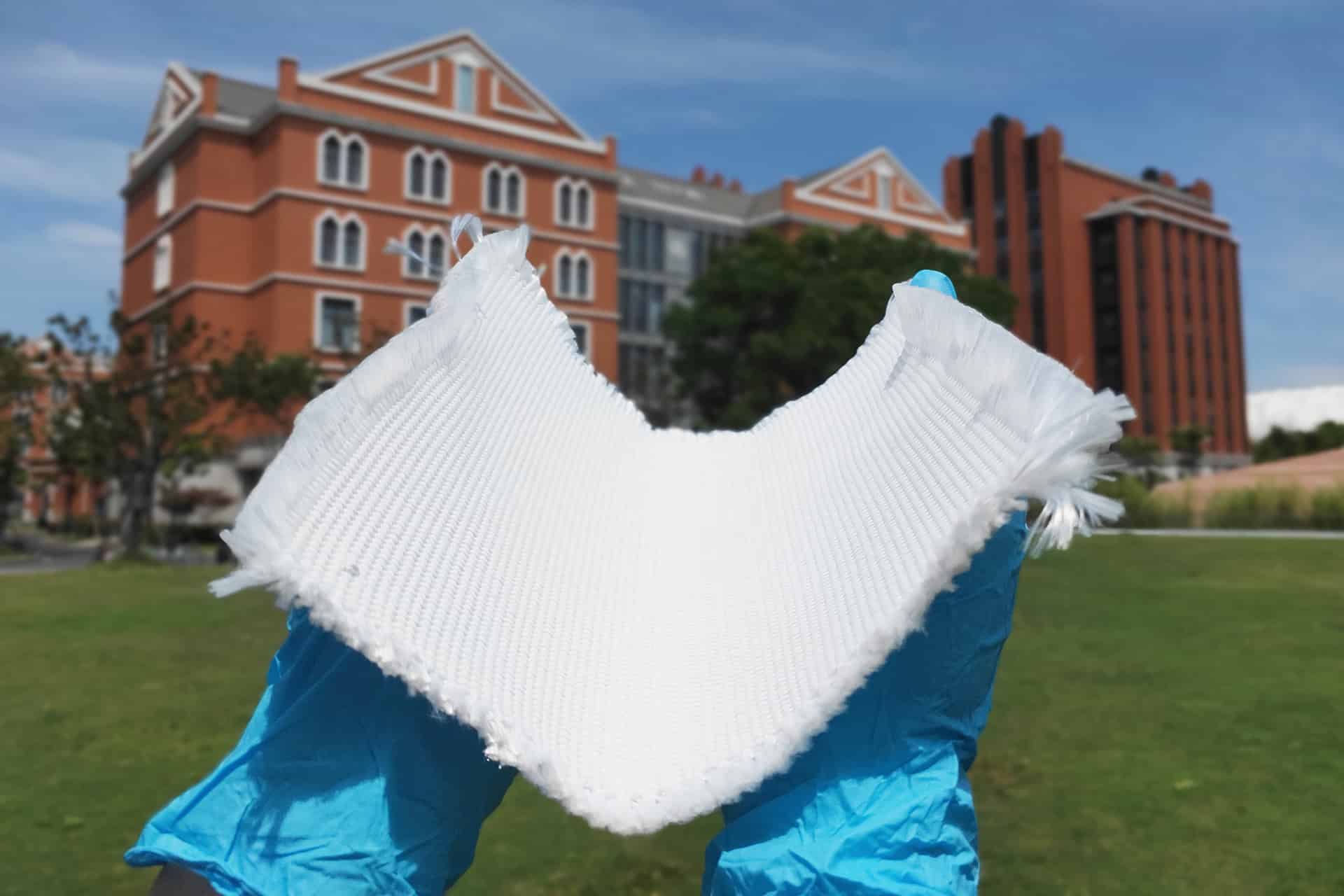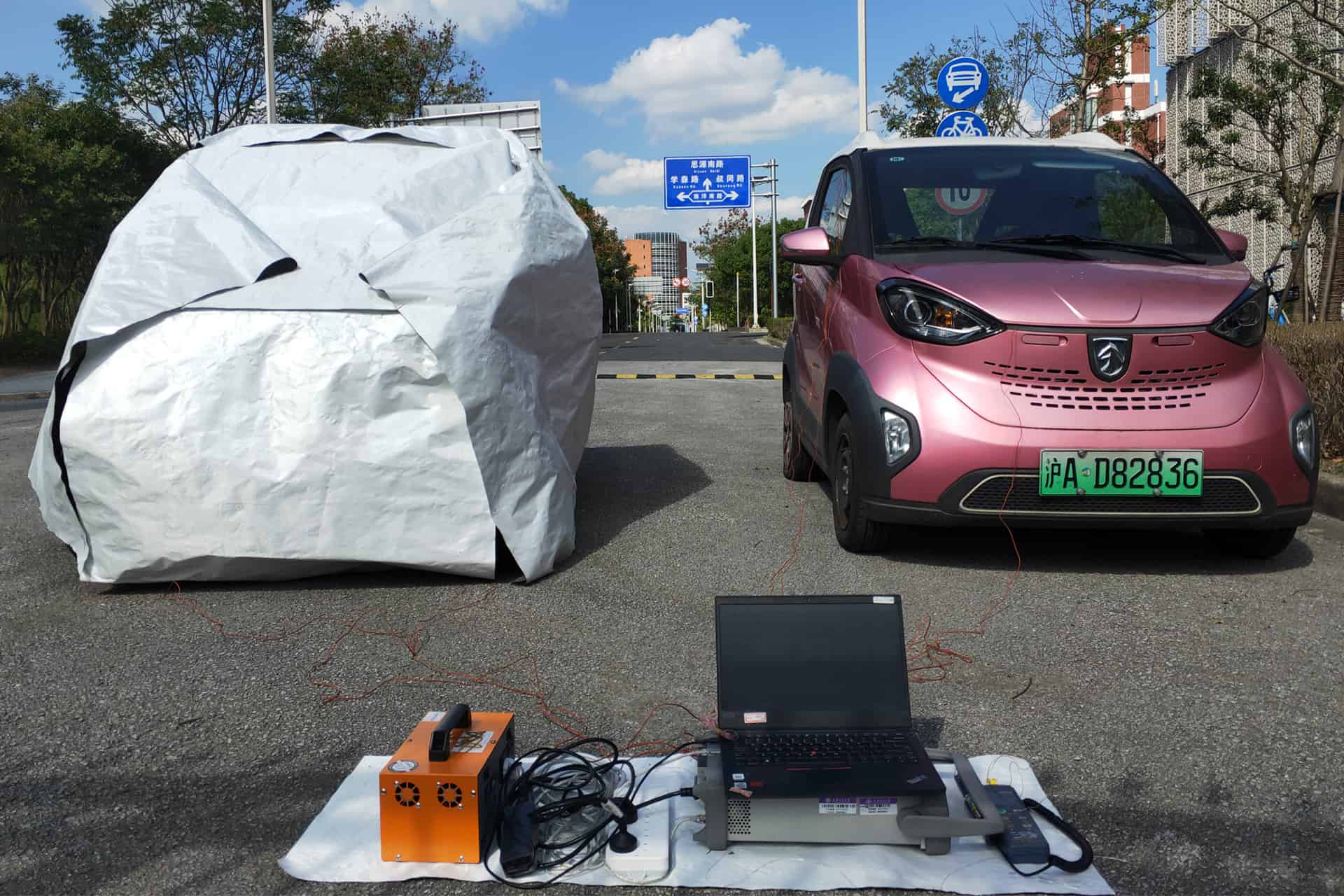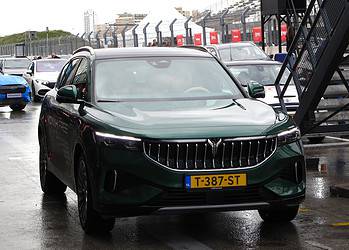Researchers at the Shanghai Jiao Tong University (SJTU) in China have developed an “all-season thermal cloak” that can protect electric vehicle (EV) batteries from temperature swings.

EV batteries, and especially Li-ion batteries, are highly sensitive to temperature. Extreme cold and hot weather deteriorate battery life as well as increase charging times.
A report from WIRED magazine suggests that an EV’s range and battery performance takes a serious hit in temperatures below 40°F (4.44°C) or above 115°F (46.11°C). Above 95°F (35°C), the range of an EV with its AC on could fall by 17 percent. This is because in high-temperature conditions EV batteries lose power quickly.
The performance and range of an EV suffer losses in low-temperature conditions because the climate control system inside the vehicle draws in power directly from the battery. Unlike petrol vehicles, EVs don’t have an internal combustion engine that produces heat during operation.
EV experts claim that the batteries work well when the ambient temperature is between 60°F (15.5°C) to 80°F (26.6°C). However, this is not something that is in our hands, and this is where innovations like the thermal cloak come into play.
The SJTU team claims that it can protect EV batteries from sudden temperature changes by cooling them by 46.4°F (8°C) on a hot day and warming them by 44.24°F (6.8°C) on a cold night. Both the cooling and heating are passive, meaning no extra energy input is required.
“I think the thermal cloak could increase the battery life of EVs because it could effectively avoid extreme high and low temperatures.” Kehang Cui, senior study author and an associate Professor at SJTU’s School of Materials Science and Engineering, told ZME Science.
How does the thermal cloak work?
The cloak is composed of two layers and is called the Janus thermal cloak, after the two-faced Roman god Janus. The outer layer, whose role is to reflect sunlight, is made up of silica fibers coated with boron nitride. The inner layer captures heat and is made up of aluminum alloy.
During hot summer days, the silica layer employs radiative cooling, a phenomenon that also keeps our planet cool. It allows the silica layer to constantly lose all the heat that it absorbs from the sun. Even at night time when there is no sunlight, the layer keeps on dissipating heat. Therefore, the vehicle remains cool.
In winter, the internal aluminum layer keeps the heat trapped between the thermal cloak and the car by using a different mechanism known as photon recycling. Photons that carry heat are unable to escape as they keep bouncing between the inner layer and the car, therefore keeping the EV and its battery warm.
“The thermal cloak is like clothes for vehicles, buildings, spacecraft, or even extraterrestrial habitats to keep cool in summer and warm in winter,” said Cui.
Testing the thermal cloak in real-world settings

Cui and his team tested their thermal cloak on some EVs parked outside in a location in Shanghai.
They noticed that at noon, the cars covered with the cloak had cabin and surface temperatures about 27.7°C (81.86°F) and 7.8°C (46.04°F) lower, respectively, than cars that were uncovered. Uncovered EVs had a cabin temperature of 50.5°C. During the nighttime, the covered cars were 6.8 °C warmer than the outside temperature.
Cui said, “This is the first time that we could achieve warming above the ambient temperature by almost 7°C during winter nights. This is also kind of surprising to us—there’s no energy input or sunshine and we can still get warming.”
He further suggests that although the cloak is a promising solution, its current manufacturing process is complex and needs to be further simplified for large-scale applications.
“The next step is perhaps to translate the metrics and performance of the thermal cloak we tested in our paper to real-world economic benefits, such as what percentage of battery life can we increase, or how much electricity and energy can we save annually if we apply the thermal cloak on a building,” Cui told ZME Science.
The study is published in the journal Device.






